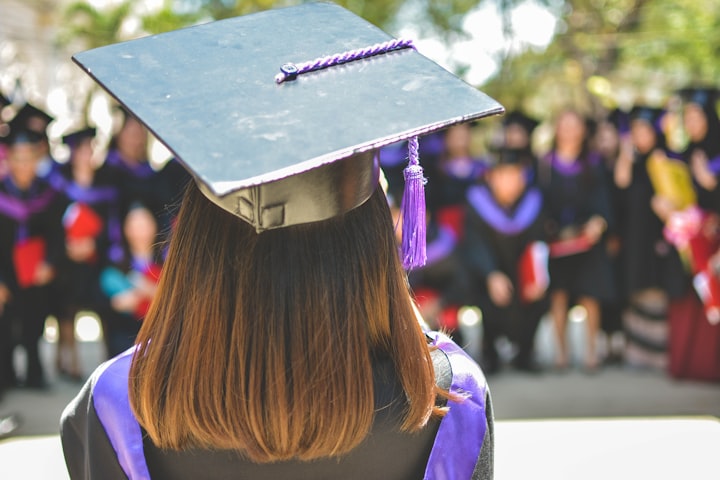Balancing Academics and Extracurricular Activities
Nurturing Well-Rounded Students for Academic Success and Personal Growth
Introduction
Finding the right balance between academics and extracurricular activities is a challenge many students face. While excelling academically is important, participation in extracurricular activities is equally valuable for personal growth and holistic development. This article explores the significance of striking a balance between academics and extracurricular activities and provides practical tips to help students find the right mix. By managing their time effectively, setting priorities, and fostering a healthy mindset, students can experience the benefits of both realms, achieving academic success while enjoying a well-rounded education.
The Benefits of Extracurricular Activities
Participation in extracurricular activities offers numerous benefits beyond the classroom. It fosters social skills, teamwork, leadership, time management, and self-confidence. Extracurricular activities provide opportunities for personal growth, exploration of interests, and the development of well-rounded individuals. These activities can also enhance college applications, showcasing a student's unique talents, passions, and dedication.
Setting Clear Priorities
To find the right balance, students must identify their priorities. Assess the importance of both academics and extracurricular activities and determine how they align with personal goals and values. Understanding individual interests and aspirations helps in making informed decisions and allocating time accordingly.
Effective Time Management
Time management is crucial for balancing academics and extracurricular activities. Create a schedule that includes dedicated study time, extracurricular commitments, and personal activities. Prioritize tasks, set realistic goals, and allocate sufficient time to each activity. Avoid overcommitment by carefully considering the time required for each commitment and maintaining a healthy balance.
Creating a Supportive Network
Building a supportive network is essential for balancing academics and extracurricular activities. Seek guidance from teachers, coaches, mentors, or advisors who can provide insights and support in managing time and responsibilities. Communicate with parents or guardians about your commitments and enlist their support in maintaining a healthy balance.
Developing Effective Study Habits
Developing effective study habits is crucial for academic success while engaging in extracurricular activities. Create a study routine that fits well with your schedule and learning style. Utilize active learning techniques, practice time management, and avoid procrastination. Prioritize tasks based on deadlines and difficulty level to ensure efficient use of study time.
Embracing a Healthy Mindset
Maintaining a healthy mindset is essential for balancing academics and extracurricular activities. Avoid excessive stress by setting realistic expectations and practicing self-care. Understand that it is okay to make choices and prioritize activities based on personal interests and goals. Maintain a positive attitude and learn from setbacks or challenges along the way.
Flexibility and Adaptability
Balancing academics and extracurricular activities requires flexibility and adaptability. Be open to adjusting your schedule and commitments when necessary. Learn to manage time efficiently, make efficient use of breaks and transition periods, and be prepared to adapt to unexpected changes. Embracing flexibility helps in navigating the demands of both academics and extracurricular activities.
Communication and Collaboration
Effective communication and collaboration are key to balancing academics and extracurricular activities. Coordinate with teachers, coaches, and activity leaders to manage conflicting schedules and seek support when needed. Collaborate with peers to share responsibilities, study together, and streamline commitments. Strong communication and collaboration foster a supportive environment and contribute to a healthy balance.
Conclusion
Balancing academics and extracurricular activities is a journey that requires careful consideration, effective time management, and a healthy mindset. By recognizing the benefits of extracurricular activities, setting clear priorities, managing time effectively, creating a supportive network, developing effective study habits, embracing a healthy mindset, maintaining flexibility, and promoting communication and collaboration, students can find the right mix and experience the benefits of a well-rounded education. Striking a balance allows students to excel academically while exploring their interests, developing important skills, and nurturing their personal growth. Remember, finding the right balance is a continuous process that may require adjustments along the way. By prioritizing self-care, maintaining a positive attitude, and staying true to personal goals, students can achieve both academic success and a fulfilling extracurricular experience.
About the Creator
Mohammed Askee
An Enthusiastic and Energetic Content Writer, able to think topics out of the box and provide quality content and provide quality articles. Preferring the topics which are odds, movie-material and so-on.







Comments
There are no comments for this story
Be the first to respond and start the conversation.